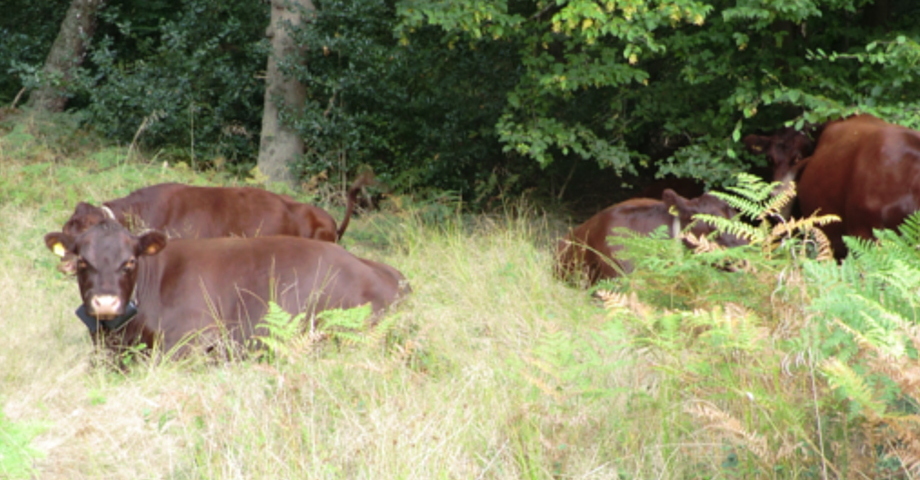
Pastagens em florestas e bosques com pastagens, Reino Unido
Descrição do sistema
No Reino Unido, os sistemas agroflorestais de Alto Valor Natural e Cultural (AVNC) têm sido interpretados como pastagens em florestas e bosques com pastagens. O Reino Unido tem uma história muito rica de terras comuns com pastagens e parques mais formais. Estes sistemas podem ser amplamente caracterizados como árvores de grande porte (muitas vezes antigas) situadas em zonas de pastagem de gado. Estes sistemas podem ter muitos séculos de idade e muitas vezes contêm uma flora e fauna muito especializadas com grande valor de conservação.
Se você gostaria de saber mais sobre a actividade deste grupo, por favor, entre em contato com o Dr. Matt Upson na Universidade de Cranfield.
Reunião de stakeholders inicial
O grupo "Pastagens em florestas e bosques com pastagens no Reino Unido" teve sua primeira reunião em 23 de Setembro de 2014 no centro de visitantes de Epping Forest, um histórico comum onde o gado pasta por baixo de árvores geridas à 800 anos.
O grupo inicial era composto predominantemente por decisores políticos e stakeholders com interesse em sistemas de pastagens em florestas e bosques com pastagens do ponto de vista da conservação. Reuniões futuras estão já planeadas para aumentar a representação de agricultores e outros profissionais.
Esta reunião identificou (entre outras coisas) a necessidade de aumentar a compreensão dos sistemas de pastagens em florestas e bosques com pastagens em todos os setores no Reino Unido e de abordar a imagem destes sistemas. A inovação potencial que saiu desta reunião foi o uso de "cercas invisíveis", um sistema que está a ser lançado pelo Dr. Jeremy Dagley de Epping Forest. Veja abaixo um vídeo de Jeremy explicando o sistema.
Faça download do relatório inicial de stakeholders
Faça download do protocolo inicial de pesquisa e desenvolvimento
Download the system description
A system description and research on the sustainability of the tree population within Epping Forest (before and after restoration) was produced in January 2016.
Epping Forest has produced the following video decsribing how invisible fencing systems can be used for cattle grazing on public open access sites and commons.
Lessons learnt
In July 2017, staff at Cranfield University summarised the lessons learnt with the UK stakeholder group focused on wood pastures and parklands in the UK. The research focused on i) wood pasture restoration including the use of a management tool, ii) an assessment of the economics of ”invisible fencing” and iii) an assessment of the effect on soil carbon of new wood pasture establishment on grassland.
The study of wood pasture restoration showed that the greatest number of plant species was found in the restored ancient wood pasture i.e. the restoration which involved pollarding and opening up the woodland was successful in achieving its biodiversity objective. The study also showed that it was possible to use the “Kirby” model to make predictions regarding the future age distributions of different tree species.
The economic analysis suggested that the cost of single loop invisible fencing covering about 25 ha is about 44% greater than with a wooden fence over a 30 year period. Hence the invisible fencing system is likely to be restricted to situations where unhindered access for the general public is valued highly.
Lastly in a study on a wood pasture (reported by Upson et al. 2016) established in England on grassland 14 years ago, the organic carbon content in the top 10 cm was reduced by 10% in the silvopastoral tree plots, and 22% in a conventional woodland, compared to the pasture without trees. Although the greatest total carbon storage (including above ground carbon) occurred in the woodland, the carbon storage in the new wood pasture system (63.4 Mg ha-1) was greater than the equivalent pro-rata value if the trees and pasture were kept separate (60.5 Mg ha-1). This suggests that agroforestry could be more effective at storing carbon, for a specified level of tree cover, than separate areas of trees and pasture.